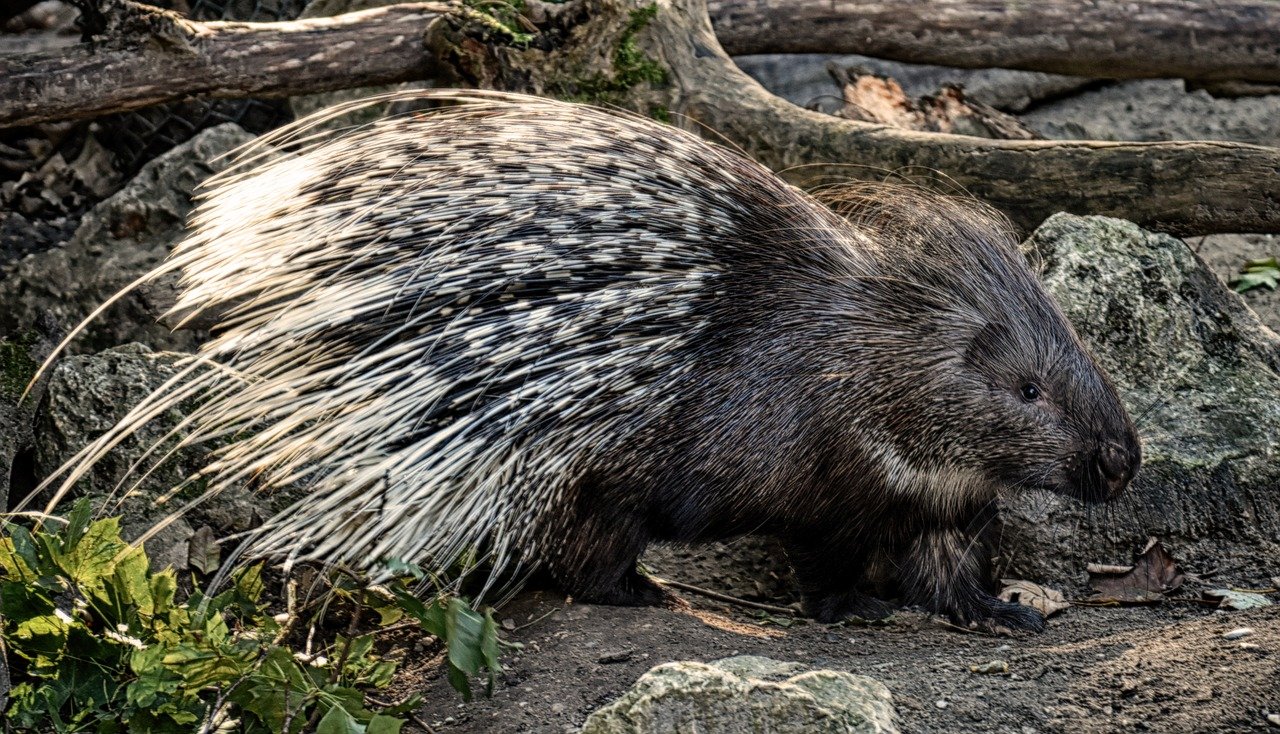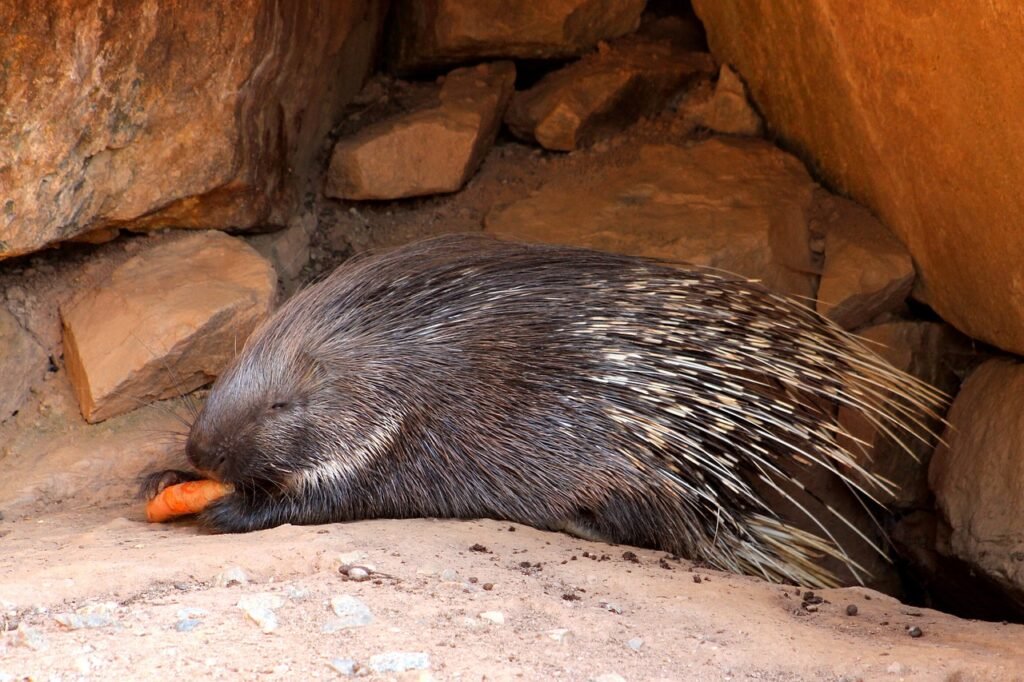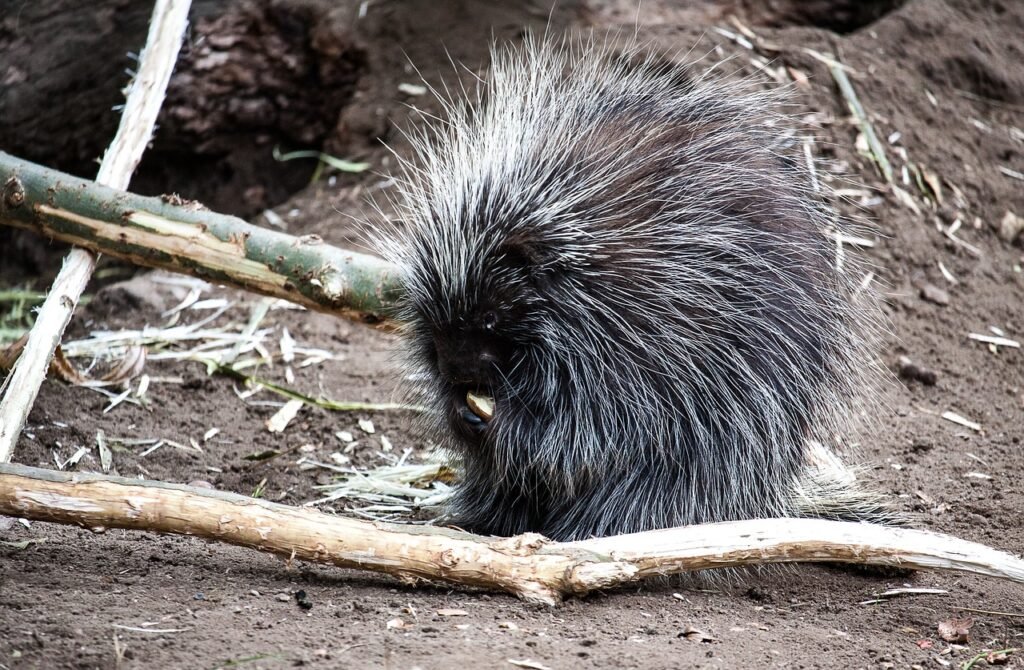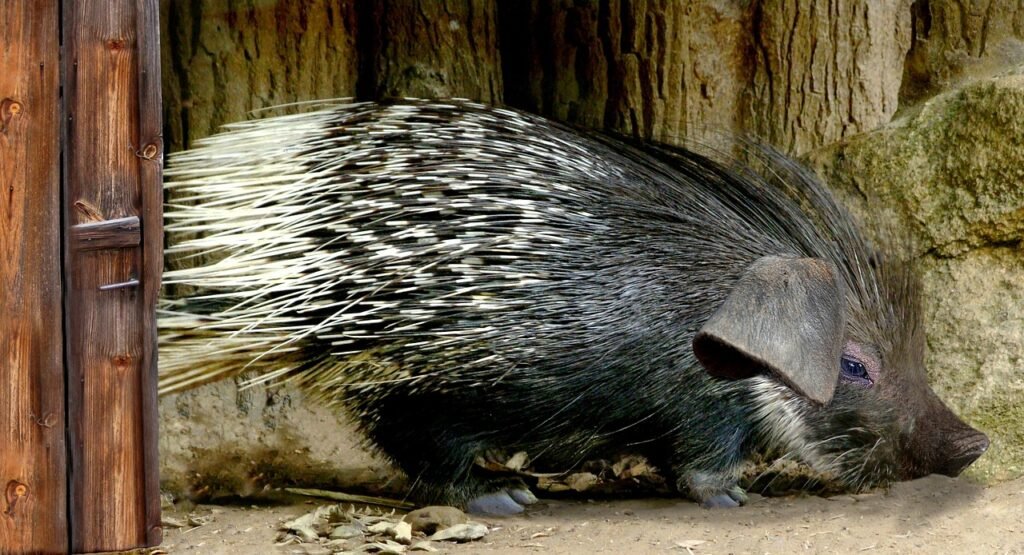Porcupines are unique and fascinating creatures that thrive in well-designed habitats. Providing them with a suitable environment is crucial for their well-being and happiness. In this guide, we’ll walk you through the essential steps to create the perfect porcupine paradise.
1. Understanding Porcupine Needs
Before diving into habitat design, it’s crucial to understand the specific needs of porcupines. Consider factors such as space requirements, natural behaviors, and their need for both privacy and social interaction.
2. Choosing the Right Enclosure
Porcupines are known for their quills, and a secure enclosure is a must. Opt for materials that are durable and predator-proof. Ensure that the enclosure is spacious enough for your porcupine to move around comfortably.
3. Mimicking Natural Habitats
Porcupines thrive in environments that resemble their natural habitats. Incorporate elements such as rocks, branches, and logs to create a terrain that encourages exploration and physical activity.
4. Providing Hiding Spaces
Porcupines appreciate having hiding spots where they can retreat when feeling stressed or anxious. Incorporate cozy shelters or hideouts within the enclosure, allowing your porcupine to feel secure.
5. Creating Climbing Opportunities
Porcupines are excellent climbers. Integrate structures like branches and platforms to encourage climbing behavior. This not only provides physical exercise but also mental stimulation.
6. Ensuring Proper Ventilation
Good air circulation is vital for your porcupine’s health. Ensure that the enclosure has proper ventilation to prevent the buildup of humidity and odors.
7. Incorporating Enrichment Activities
Keep your porcupine entertained by incorporating enrichment activities. This could include puzzle feeders, hanging toys, or items that encourage foraging behavior. Stimulating their minds is as important as physical activity.
8. Implementing a Proper Diet Area
Designate a specific area for feeding that is separate from other activities. This helps maintain cleanliness and ensures that your porcupine associates that space with mealtime.
9. Regular Maintenance and Cleaning:
A clean habitat is a healthy habitat. Establish a routine for cleaning and maintaining the enclosure. Remove waste regularly, check for wear and tear, and make necessary repairs or adjustments.
10. Monitoring and Adapting:
10. Monitoring and Adapting
Pay attention to your porcupine’s behavior and adjust the habitat accordingly. If certain areas are consistently avoided or if there are signs of stress, consider tweaking the design to better suit their preferences.
By following these guidelines, you can create a porcupine paradise that promotes their physical and mental well-being. Remember that each porcupine is unique, so observe their behavior closely and make adjustments as needed. Providing a thoughtfully designed habitat ensures a happy and healthy life for your quilled companion.



